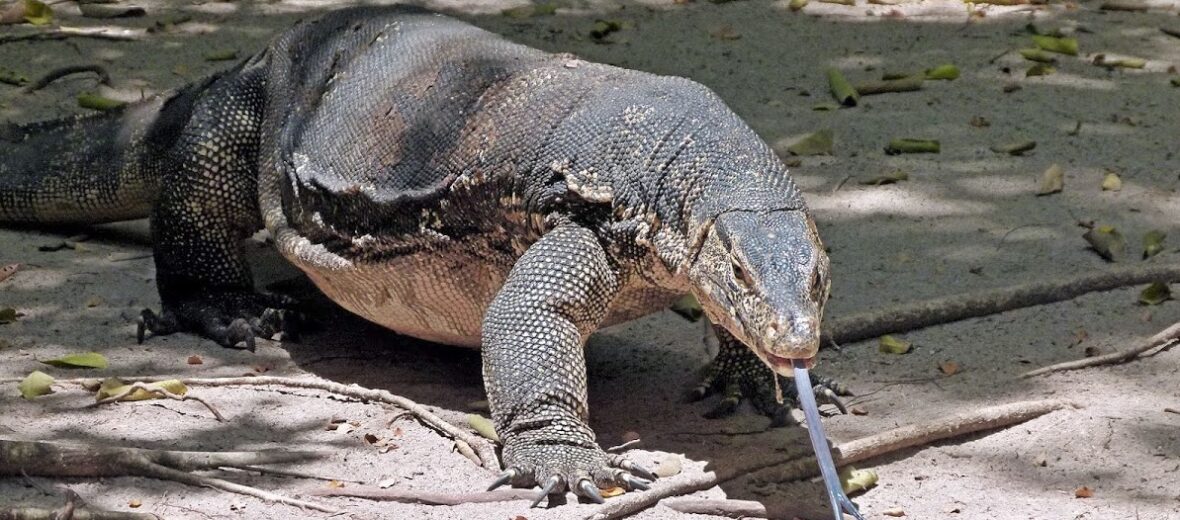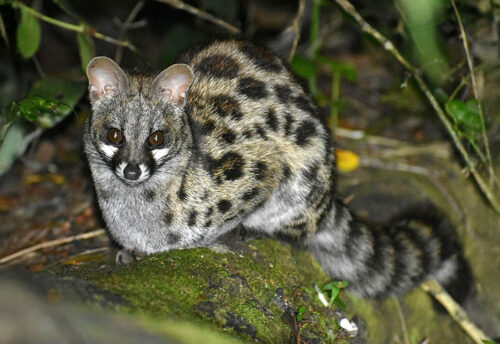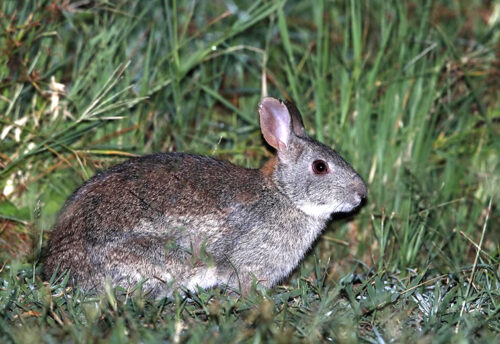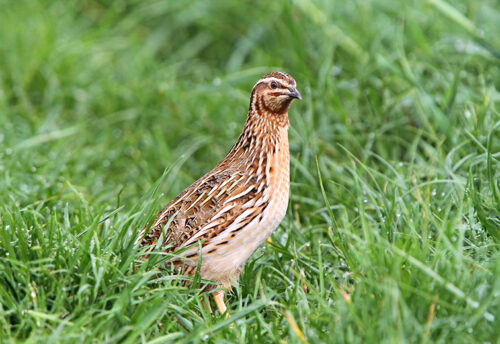
Among the largest lizards in the world, the Asian water monitor calls south and southeast Asia its home. They prefer forests, mangroves, swamps, shrubland, and wetlands. There have been sightings of these giants at elevations of up to 5,900 feet. Even though they are hunted for their hide and poached for the pet trade, these big critters are still listed as Least Concern by the IUCN.
First the Stats…
Scientific name: Varanus salvator
Weight: Up to 40+ lbs.
Length: Up to 6.2 feet, including their tail
Lifespan: Up to 25 years
Now on to the Facts!
1.) They are also called common water monitors, Malayan water monitors, 2-banded monitors, ring lizards, rice lizards, plain lizards, no-mark lizards, and water monitors.
2.) Monitors are the only known lizard to possess a forked tongue. Snakes are the only other reptile to have this feature.
3.) When mobile, they will frequently stick out their tongue to sample the air around them for prey. When they bring their tongue back into their mouth, they sample the air molecules with a special device called a Jacobson’s organ. This gives them a sort of read-out of their environment.
4.) These predators engage in open pursuit when hunting prey. They don’t just sit and wait for food to come to them, they actively hunt it down.
5.) Asian water monitors prey on fish, crabs, frogs, birds, rodents, and snakes. They will also eat younger monitors and carrion (dead animals).
But wait, there’s more on the Asian water monitor!
6.) They are preyed upon by larger lizards, crocodiles, pythons, and birds will take younger specimens.
7.) When eating, they typically swallow their prey whole, else they will tear off chunks of flesh and gulp it down. When faced with larger food, they have the ability to dislocate their hyroid bone in order to make their throat larger.
Did you know…?
These giants have been seen using their tail as a rudder, when swimming and as a weapon.
8.) Being extremely territorial, males will puff themselves up on sight and immediately engage in fierce combat, often times severely injuring each other.
9.) Females lay their eggs in burrows along river banks and under rotting logs and stumps. A clutch of up to 50 eggs is not uncommon.
10.) Being partially aquatic, they are able to hold their breath for up to 30 minutes, under water.
Now a Short Asian Water Monitor Video!
Also, check out the Critter Science YouTube channel. Videos added frequently!
Want to suggest a critter for me to write about? Let me know here.



